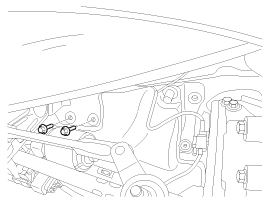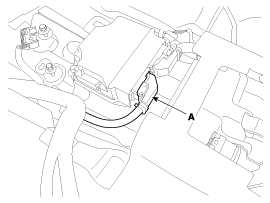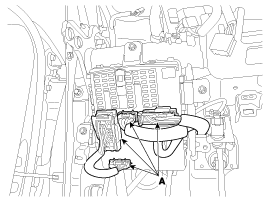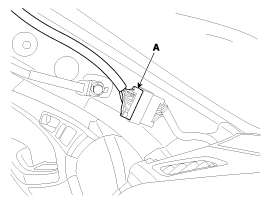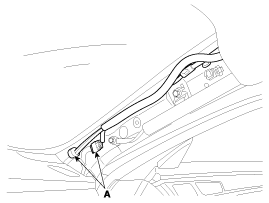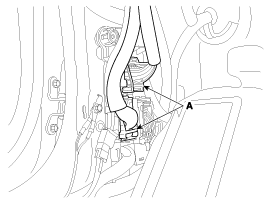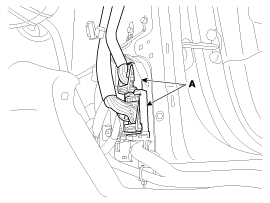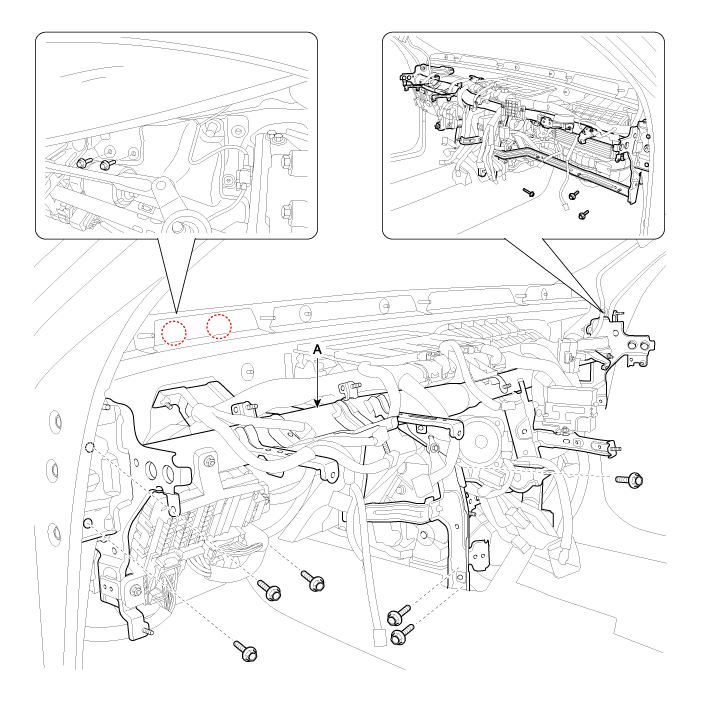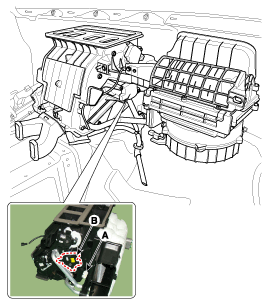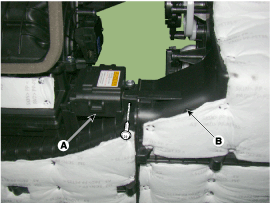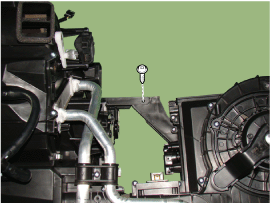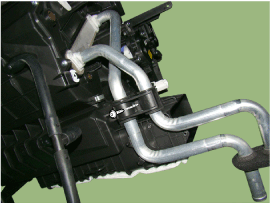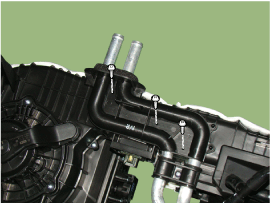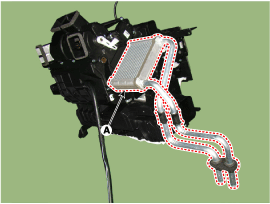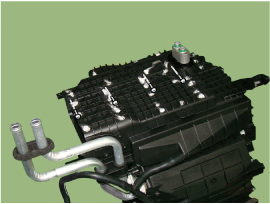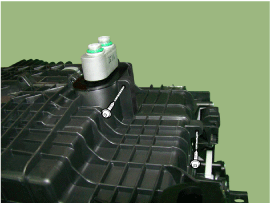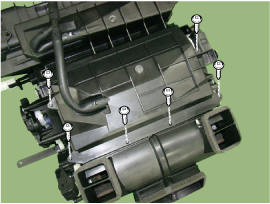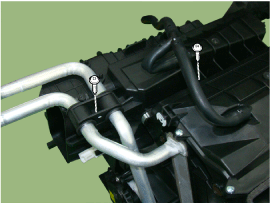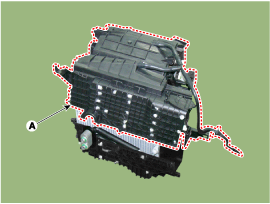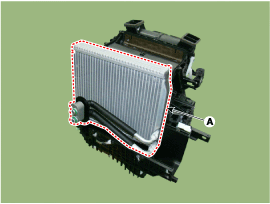Hyundai Genesis: Blower / Blower Unit Repair procedures
Hyundai Genesis (DH) 2013-2016 Service Manual / Heating, Ventilation and Air Conditioning / Blower / Blower Unit Repair procedures
| Replacement |
| 1. |
Disconnect the negative (-) battery terminal. |
| 2. |
Recover the refrigerant with a recovery/recycling/charging station. |
| 3. |
When the engine cools down, drain the engine coolant from the radiator.
(Refer to Engine Mechanical System - “Coolant”) |
| 4. |
Remove the cowl top cover.
(Refer to Body - "Cowl Top Cover") |
| 5. |
Remove the expansion valve from the evaporator core.
(Refer to Heating, Ventilation and Air Conditioning -"Heater unit")
|
| 6. |
Disconnect the inlet and outlet heater hoses from the heater unit.
(Refer to Heating, Ventilation and Air Conditioning -"Heater unit")
|
| 7. |
Loosen the cowl cross member mounting bolts.
|
| 8. |
Remove the front seat assembly.
(Refer to Body - "Front Seat Assembly") |
| 9. |
Remove the main crash pad.
(Refer to Body -"Main Crash Pad") |
| 10. |
Disconnect the steering column connectors.
(Refer to Steering System - "Steering Column and Shaft") |
| 11. |
Pull down the steering column after loosening the mounting nuts and through bolts.
(Refer to Steering System - "Steering Column and Shaft") |
| 12. |
Remove the shift lever assembly.
(Refer to Automatic Transaxle System - "Shift lever") |
| 13. |
Disconnect the airbag control module (SRSCM) connector (A).
|
| 14. |
Disconnect the junction box connectors (A).
|
| 15. |
Disconnect the connectors (A) and the mounting clips in the front pillar.
[Driver's side]
[Passenger's side]
|
| 16. |
Disconnect the multi box connectors (A).
[Driver's side]
[Passenger's side]
|
| 17. |
After loosening the bolts, remove the main crash pad and cowl cross bar assembly (A) together.
|
| 18. |
Remove the heater and blower unit from the crash pad after loosening the mounting nuts. |
| 19. |
Separate the blower unit (A) from the heater unit (B) after loosening the screws.
|
| 20. |
After loosening the screws remove the heater core cover (A).
|
| 21. |
Pull out the heater core (A) from the heater unit.
|
| 22. |
Loosen the heater lower case mounting screws.
|
| 23. |
Remove the lower case (A).
|
| 24. |
Pull out the evaporator core (A) from the heater unit.
|
| 25. |
Install in the reverse order of removal.
|
 Blower Unit Components and Components Location
Blower Unit Components and Components Location
Component Location
Components
1. Seal2. Intake Duct Case3. Intake Door4. Intake Actuator5. Intake Duct Case (A)6. Climate Control Air Filter7. Climate Control Air Filter Cover8. Cluster Ionizer9 ...
 Blower Motor Repair procedures
Blower Motor Repair procedures
Inspection
1.
Connect the battery voltage and check the blower motor rotation.
2.
If the blower motor does not operate well, replace it with a genuine blower motor check for proper operation.
...
Other information:
Hyundai Genesis (DH) 2013-2016 Owners Manual: Exterior care
Exterior general caution It is very important to follow the label directions when using any chemical cleaner or polish. Read all warning and caution statements that appear on the label. High-pressure washing When using high-pressure washers, make sure to maintain sufficient dista ...
Hyundai Genesis (DH) 2013-2016 Service Manual: Pre-activeSeat Belt Unit (PSB) Repair procedures
Removal 1. Disconnect the battery negative cable, and wait for at least three minutes before beginning work. 2. Remove the crash pad lower panel. (Refer to Body - "Crash Pad Lower Panel") 3. Remove the mounting nuts (A). 4. Disconnect the knee airbag connector (B). 5. Disconnec ...
© 2013-2025 www.hgenesisdh.com



